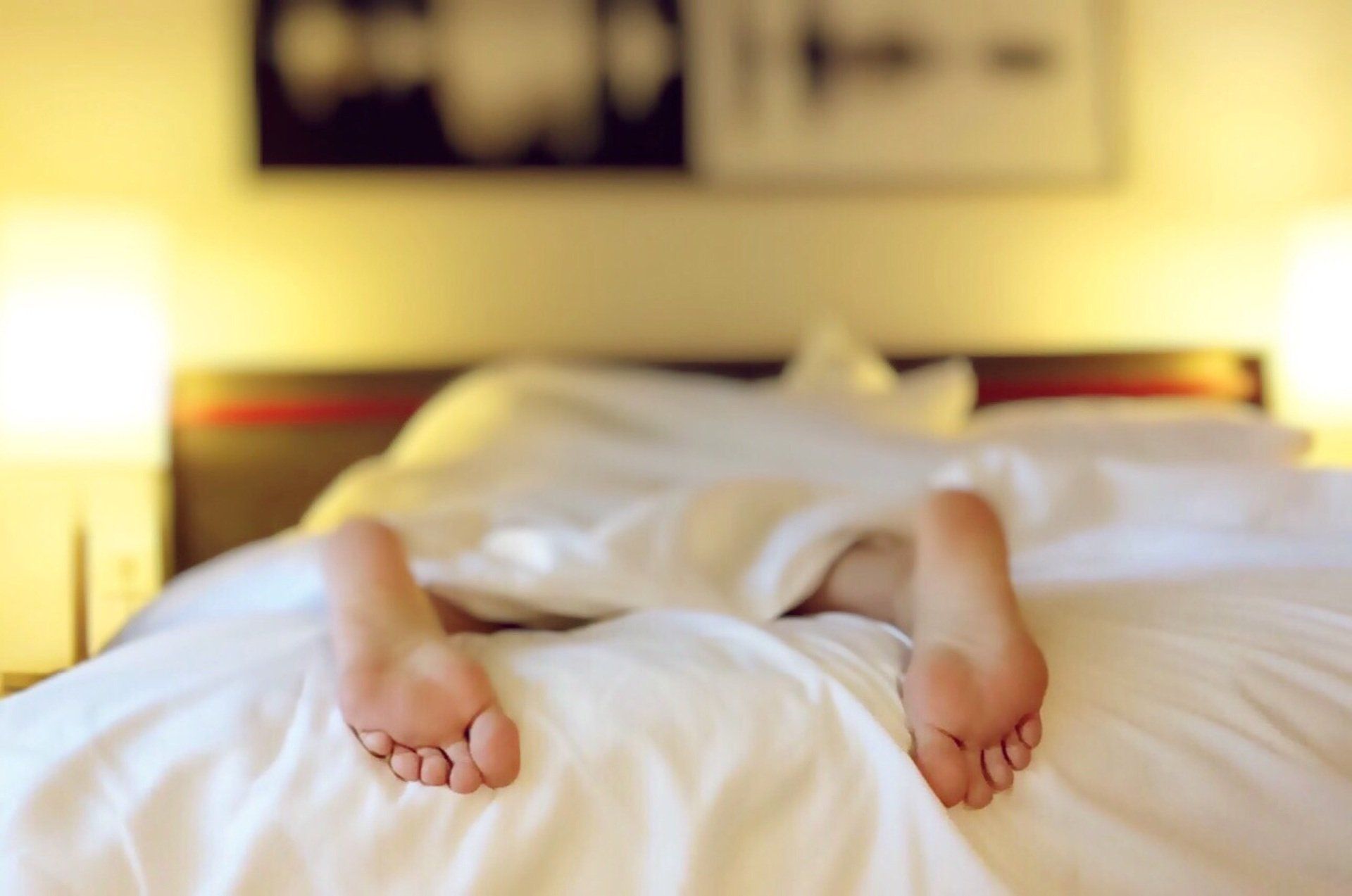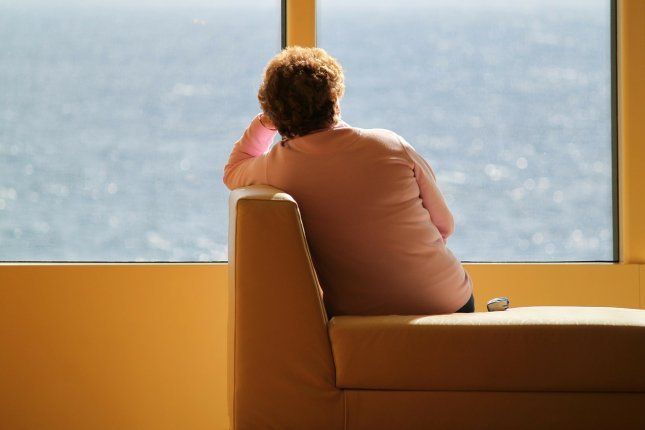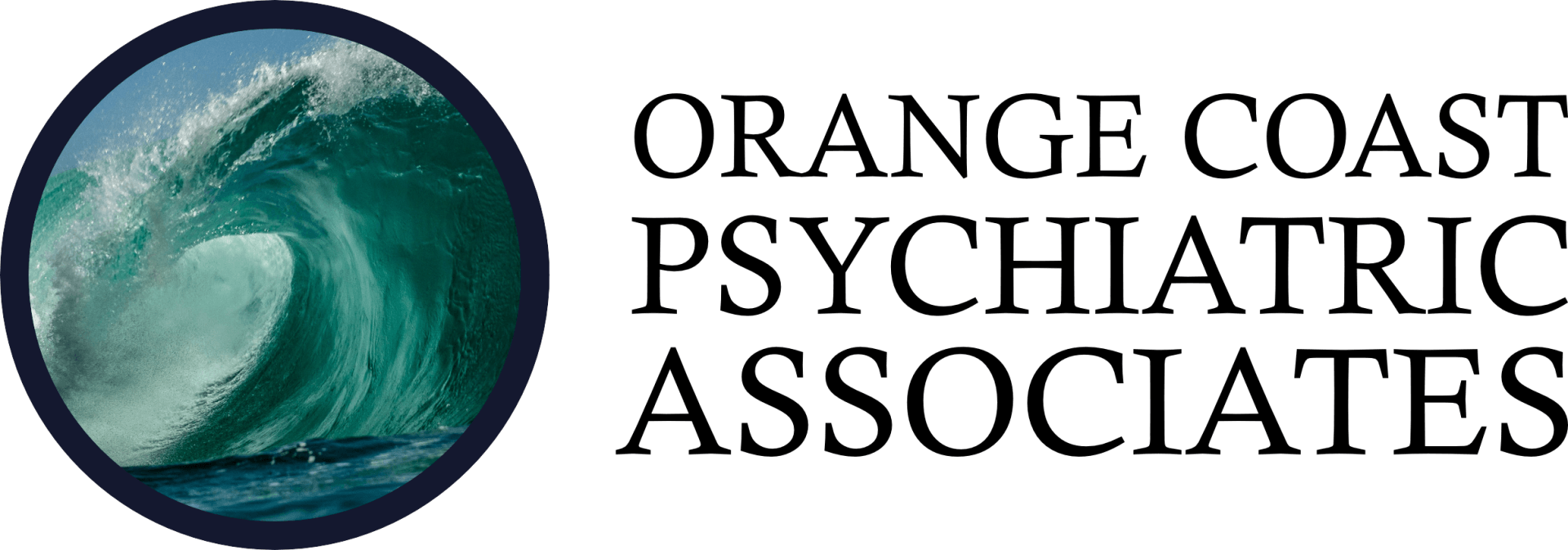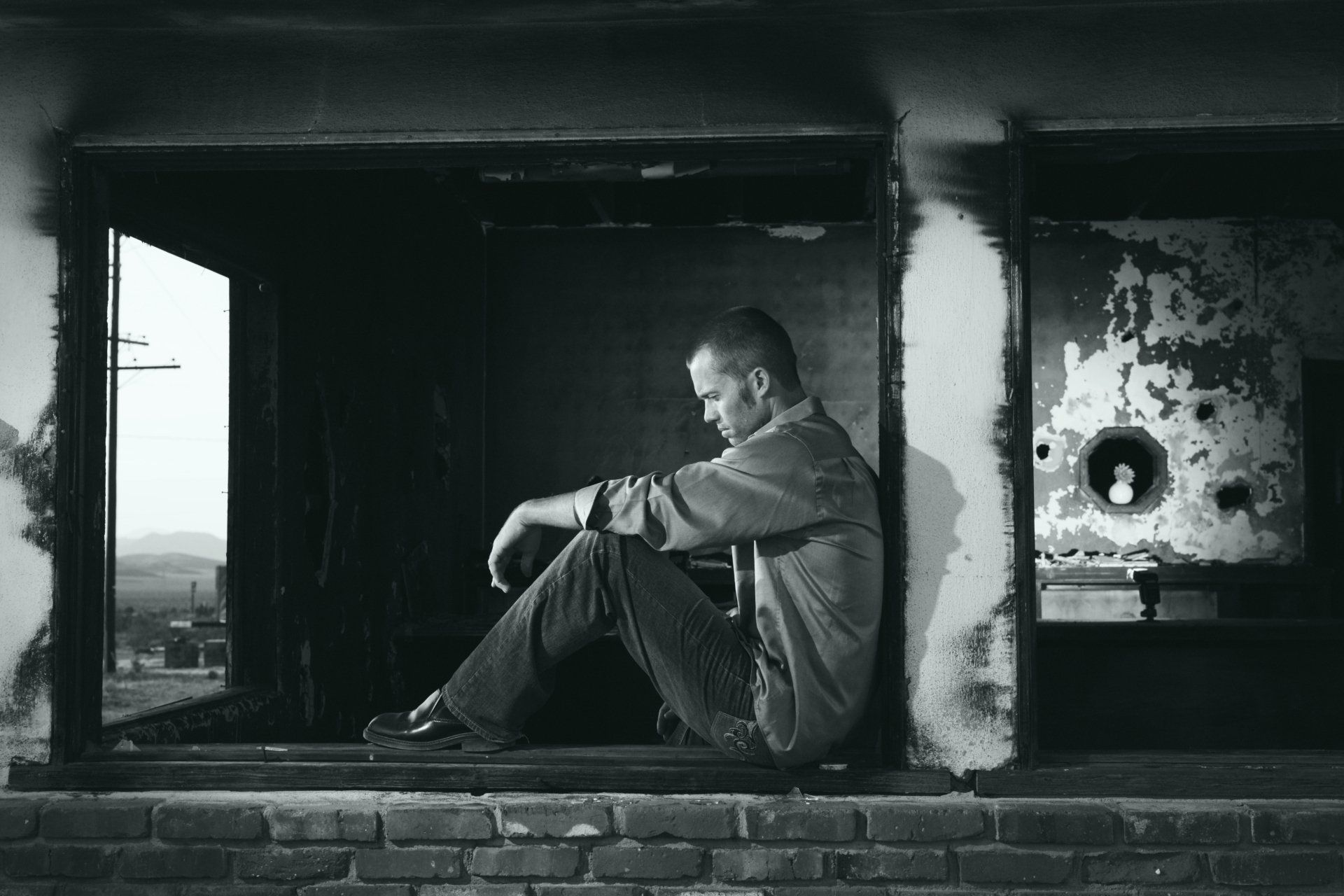What to Know About 5 Sleep Disorders
Sleep is essential. Getting a good night’s rest is important for functioning well during the day. However, a number of sleep disorders can affect how much rest a person gets.

Most adults need 7–9 hours of sleep each night. There are negative consequencesTrusted Source for mental and physical health, quality of life, and safety if they do not get enough quality sleep.
That said, sleep disorders are common. Experts estimate that as many as 70 millionTrusted Source adults in the United States have sleep disorders and sleepiness issues.
There are many different sleep disorders. The four general categories of sleep disorders are as follows:
- issues falling asleep and staying asleep
- difficulties staying awake
- problems with the sleep-wake schedule
- unusual behaviors during sleep
However, the International Classification of Sleep Disorders, Third Edition (ICSD-3) is the main clinical text for the diagnosis and categorization of sleep disorders. The ICSD-3 groups sleep disorders into six major categories rather than four.
This article looks at five sleep disorders, including their causes, symptoms, and potential treatment options.
1. Insomnia
Insomnia is the most common sleep disorder, with around 10% of adults experiencing short-term issues. Approximately 20% of short-term cases become chronic. Additionally, 30–40% of adults have acute or occasional insomnia.
Having insomnia may mean that an individual has difficulty falling asleep, wakes up frequently, or wakes up too early and cannot fall asleep again. It is also important to note that in order to receive a diagnosis of insomnia, a person must also have adequate time to sleep and have symptoms during the day.
A doctor may diagnose chronic insomnia if a person’s sleeping difficulties occur on 3 nights per weekTrusted Source for at least a month.
Causes
Insomnia has various causes. In some cases, there is a genetic component.
One example of this is fatal familial insomnia, which is a rare genetic brain disorder that runs in families. The condition causes insomnia so severe that it becomes life threatening.
Some other, more typical causes of comorbid insomnia include:
- alcohol, nicotine, caffeine, and drug use
- stress, anxiety, and other mental health conditions
- health problems that cause pain, discomfort, or frequent bathroom visits
- some medical conditions
Treatments
The most effective treatment for comorbid insomnia depends on the cause and whether or not it is a chronic problem.
A doctor needs to address any underlying health conditions as well as the insomnia itself in order to help with a person’s sleep issues.
A key part of insomnia treatment is teaching individuals about sleep hygieneTrusted Source. Good sleep hygiene involves:
- having a regular sleep schedule
- following a nightly routine
- relaxing before bed
- reducing caffeine and alcohol use
- being physically active during the day, if possible
2. Snoring and sleep apnea
Snoring occurs when the tissues in a person’s throat relax and partially close the airway. The tissues then vibrate as the individual breathes, causing the characteristic snoring sound.
With obstructive sleep apnea (OSA), a person experiences irregular breathing during sleep, which can cause them to stop breathing for 10 seconds or longer.
The multiple extended breathing pauses lead to a decrease in blood oxygen, resulting in multiple awakenings throughout the night. This can result in poor quality sleep and other health consequences.
Causes
Snoring and OSA seem to be linked. Most individuals with OSA snore. However, not everyone who snores has OSA.
Some causes of snoring and OSA include:
- head and neck anatomy
- chronic nasal congestion
- obesity
- sleeping position
- aging
- hypothyroidism
Central sleep apnea (CSA) is a condition that causes pauses in breathing due to a lack of respiratory effort during sleep.
Unlike OSA, these pauses in breathing are mainly due to the lack of respiratory muscles activating or the brain not asking the respiratory muscles to activate.
Experts often link CSA to an underlying health condition, such as stroke or heart failure, medication use, or living at a high altitude. Sometimes, it could even be a primary problem.
Treatments
If a person has sleep apnea symptoms or snores, they should talk with a doctor to find the underlying cause.
The doctor may recommend an overnight sleep study called polysomnography or a home sleep study. Both study types analyze the individual’s sleep and breathing.
Some treatmentsTrusted Source include:
- using a continuous positive airway pressure machine to keep the airways open during sleep
- losing weight, if applicable
- using a mandibular advancement device to prevent the tissues of the mouth from blocking the airways
- addressing any underlying medical causes
3. Parasomnias
If an individual has a parasomnia, they experience unusual sleep behaviors or events that happen during specific sleep stages or while transitioning between sleep and wakefulness.
Parasomnias are more typicalTrusted Source during childhood, but some may persist into adulthood.
Some common ways to categorize parasomnias are random eye movement (REM)-related and non-REM-related.
REM-related parasomnias include REM behavior disorder and nightmare disorder.
Non-REM-related parasomnias include:
- sleepwalking
- waking up confused
- night terrors
- sleep-related unusual sexual behaviors
- sleep-related eating disorder
Some other notable parasomnias include:
- exploding head syndrome
- sleep paralysis
- sleep-related hallucinations
- bedwetting
Any unusual behavior that a person demonstrates during sleep could be a parasomnia.
A doctor needs to take a detailed medical history, perform a physical examination, and, in some cases, conduct a laboratory-based sleep study to make an accurate diagnosis.
Causes
There are several potential causes of parasomnia. A person may have multiple triggers, including:
- stress and anxiety
- depression or post-traumatic stress disorder
- certain medications
- other sleep disorders, such as insomnia, sleep apnea, or sleep deprivation
- neurological conditions, such as Parkinson’s disease
Treatments
A doctor may need to address the underlying cause of a parasomnia or use other treatmentsTrusted Source, some of which include:
- maintaining good sleep hygiene
- taking safety precautions, such as locking windows and using door alarms in case of sleepwalking
- taking prescription medications, such as clonazepam
- using over-the-counter supplements, such as melatonin
4. Narcolepsy
If a person has narcolepsy, they have excessive daytime sleepiness and may fall asleep at inappropriate times, such as while working or driving.
Around 10–25% of people with narcolepsy also experience the following symptoms:
- Cataplexy: This sudden loss of muscle tone means that a person may physically collapse but remain conscious. It often happens in response to a strong emotion, such as excitement, laughter, or surprise.
- Sleep paralysis: This means that an individual is unable to move upon waking or falling asleep, but they are fully alert.
- Hypnagogic hallucinations: This means that a person experiences hallucinations while falling asleep, but they are also alert. These hallucinations, which may seem like dreams, are often frightening and may include visual, auditory, or tactile sensations.
Narcolepsy that occurs with cataplexy is called type 1 narcolepsy. If a person does not have cataplexy, they have type 2 narcolepsy.
Causes
Type 1 narcolepsy is linked to low levels of a brain chemical called hypocretin. This chemical helps people stay awake and maintain muscle tone.
Type 2 narcolepsy causes many of the same symptoms as type 1 narcolepsy. However, type 2 narcolepsy is not associated with cataplexy or low levels of hypocretin.
Treatment
Narcolepsy currently has no cure, but doctors can treat it using certain medications. Some medications for narcolepsy include:
- stimulants, which can help keep the individual awake during the day
- oxybates, such as Xyrem (sodium oxybate) and Xywav (low sodium oxybate), to improve sleep quality, daytime sleepiness, and cataplexy
- alerting antidepressants (off-label use), such as selective serotonin reuptake inhibitors, to help with cataplexy
- histamine-activating medications, such as pitolisant (Wakix), to address sleepiness and cataplexy
5. Restless legs syndrome
Restless legs syndrome (RLS) is a neurological condition that commonly affects females and gradually worsens with age. It causes uncontrollable urges to move the legs because they feel uncomfortable.
A person may experience aches, burning, tingling, throbbing, or a sensation of insects crawling over the legs. The symptoms usually happen in the evening hours as an individual is resting, falling asleep, or sleeping.
RLS can affect a person’s quality of sleep because it causes them to continually wake up during the night.
Causes
Some potential causes of RLS include:
- iron deficiency
- pregnancy
- obesity
- alcohol, nicotine, and caffeine use
- the use of certain medications and supplements
Treatments
A doctor needs to treat any underlying conditions, such as iron deficiency, to ease the symptoms of RLS.
If a person has no underlying medical condition, the doctor may recommend lifestyle changes such as losing weight, if applicable.
An individual may also need to take medications, such as:
- Gabapentinoids: These include gabapentin (Neurontin), pregablin (lyrica), and gabapentin enacabril (Horizant). Experts now consider gabapentinoids the first-line medical therapy for RLS.
- Dopaminergic agents: These include pramipexole (Mirapex) and ropinirole (Requip). They increase dopamine in the brain and are now second-line agents in medical therapy for RLS.
- Opioids: Doctors usually reserve these very severe cases.
If a person experiences RLS, moving the legs often helps relieve the sensations. People can also try to stretch, walk, or massage their legs to ease the symptoms.
Summary
Several sleep disorders can affect the integrity of a person’s sleep and impact their quality of life.
Sleep is essential for health, so anyone who experiences sleep difficulties should talk with a doctor to determine the next steps.
A range of underlying medical conditions can affect someone’s sleep, and a doctor can help diagnose these and suggest suitable treatments.
This article originally published by MedicalNewsToday
Medically reviewed by Raj Dasgupta, MD — Written by Zia Sherrell, MPH on August 30, 2021
Orange County Psychiatric Associates, in Mission Viejo, works with adolescents, and adults to enable them to live their lives to their fullest. Orange Coast Psychiatric Associates tailors treatments based on the understanding that both body and mind must be treated in order to promote better mental and physical health. Let us help you improve your quality of life with specialized care for you.




